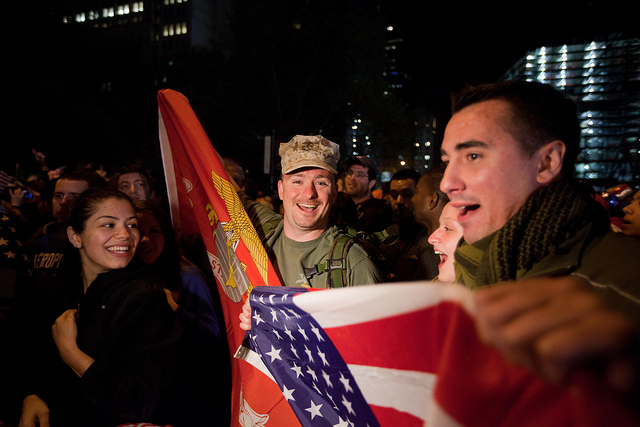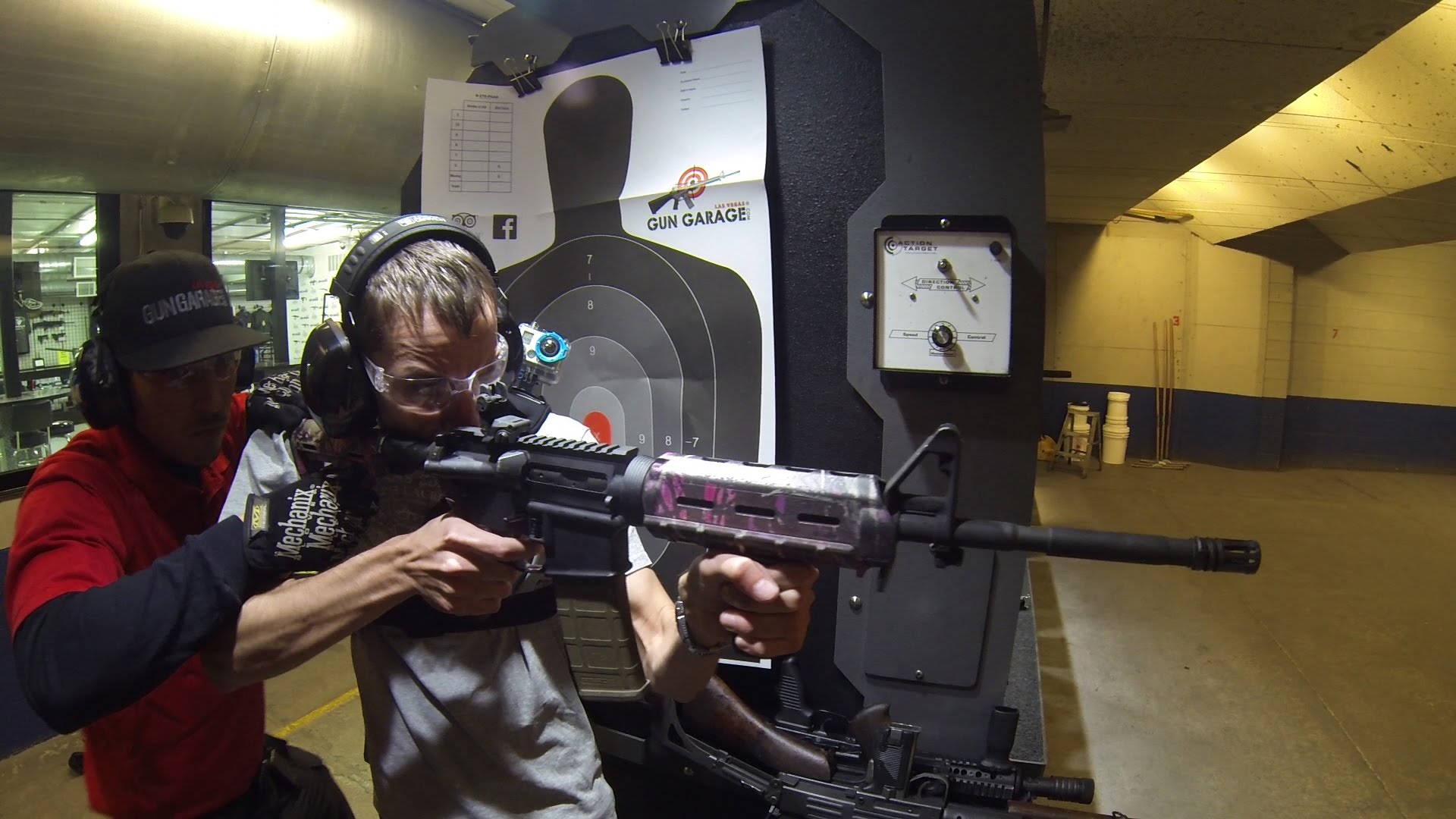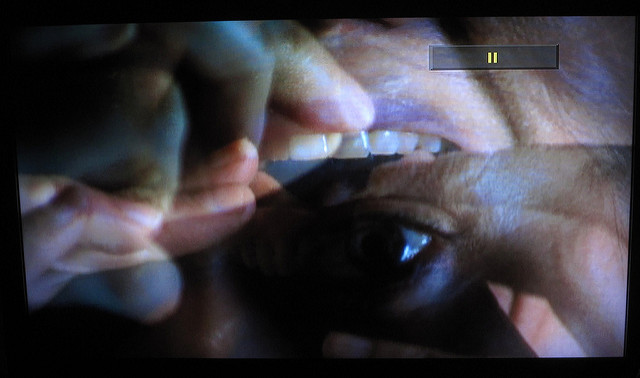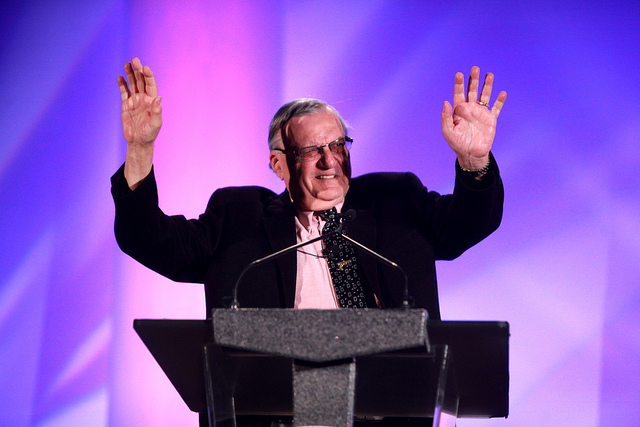Warren Ellis’s latest novel Gun Machine is like a cop thriller set in a fever dream, twisted genre fiction that employs the conventions of a primetime police drama to investigate a series of brutal crimes, but also the bloody history of New York City itself.
The novel starts with a compelling premise — an empty apartment hiding 200 guns, each implicated in a separate unsolved murder — and then plays out the mystery with the familiar elements of a hardboiled detective story or an episode of CSI.
But while Ellis, who is best known as a renowned graphic novelist, toys with the genre’s well worn tropes with glee, the real joy in this book is not in police work itsef, but in the archaeology it makes possible.
That’s because Gun Machine’s Manhattan reveals layer upon layer of strange, interconnected history. No ordinary crime scene, the discovery of the hidden stash of guns sets NYPD Detective John Tallow on the trail of a serial killer who, believing himself to be an avenging native of pre-colonial Manhattan, has been murdering New Yorkers and ritually hoarding his weapons for 20 years.
As Tallow pursues the killer, called only “the hunter,” Ellis uses the investigation to escort us up and down the strata of the city’s evolution, following a trail of artifacts ranging from the Son of Sam’s Bulldog revolver to the city’s native tobacco plants.
He explores Manhattan’s history through the split perspectives of his killer and his detective. The schizophrenic hunter mentally shifts between the modern day city and the island of Manahatta, inhabited by the Lenape natives before European colonization. Meanwhile, Tallow’s detective skills are rooted in compulsive hoarding and reading of history texts, trying to figure out how it all fits together.
Ellis is a celebrated graphic novelist, with a cult following for works like the sci-fi journalist comic Transmetropolitan, and the black ops action comic RED, which was recently adapted for Hollywood. But he has a long history of using storytelling as a form of archaeology. Much of his writing is loaded up with untold history, a cataloging of artifacts from the past or from just behind the scenes of modern developments. Over the years, Ellis has collected a great deal of things inside his brain, and he intends to show many of them to you.
In Gun Machine, he takes us back to the colonization of Manhattan, for example, and what he describes as the “original American financial meltdown,” when Dutch settlers overproduced beads used by the natives as currency, first abusing and then devaluing them. Or the native capital of Werpoes, which colonists would turn into the city’s original prison site, and eventually a park. And of all the ink spilled over New York City, I can’t recall ever reading so much about its flora and fauna.
The investigation also takes us to the shining towers of modern Wall Street, where villainous real estate brokers trade locations based on their Internet speed, to shave milliseconds off of algorithmic stock trading. Throughout Gun Machine, Ellis makes these invisible maps of history and technology overlay the city as we see it, contributing to events in the lives of its inhabitants.
The resulting modern day city is brutal and dangerous, but full of curious clockwork mechanisms. The book is punctuated by Tallow’s police scanner, describing Rube Goldberg machine-like acts of violence. For example, a town car runs over a cyclist, bursting his bike’s wheel and sending a spoke flying through the neck of a passerby, pinning her to a nearby tree.
The thing that separates Tallow from other New Yorkers is his compulsion to observe and decode these interlocking pieces of the city, which drives much of the investigation in the book.
There’s also plenty of stock police drama surrounding Tallow’s detective work, with a blend of fandom and mocking. For example, two of Tallow’s sidekicks are “CSUs” who are noble in their pursuit of criminals, but Ellis also comically paints them and their fellow crime scene investigators as depraved, antisocial psychopaths. Some of the novel’s slower moments detail the political posturing within his fictional NYPD. You can tell Ellis is a fan of David Simon’s HBO drama The Wire, and is going for that flavor of police department. But while he seems to have a soft spot for the cop procedural, it comes off as more of an outfit he’s trying on than his natural skin.
That said, there’s a wealth of scenes where Ellis shines, opening up the throttle on the elements fans love in his graphic novel work. Aside from the fun exploration of the city’s history, his descriptions of violence are both funny and unsettling: “Tallow heard the shattering of the man’s teeth and the crunch of his nose crushing inward. The man made a noise like a snorkel trying to suck air through tar and collapsed.”
And more so than in his graphic novels, Ellis shows a tender side, especially in his description of Tallow and his internal demons.
John is often a brutal cop, with little inside him other than a desire to avenge his recently murdered partner. But he’s also a deeply wounded man, fighting back tears as he copes with waves of post-traumatic stress. Separately, he displays a lot of characteristics you might find on the autism spectrum. He lives deep inside his own head, cataloguing bits of knowledge while struggling to connect with others, relying on angry or robotic, automated responses when pressed.
For all his flaws, Tallow at the end of the day is a good, kind man and one we can root for as he picks through the pieces of the city. He contrasts against the nefarious powerbrokers implicated in the murders, and the morally bankrupt private security forces edging out city police.
The morality in Gun Machine is slippery, but like David Simon of The Wire, Ellis admires a man driven by a code, and not so much a man driven by wealth or self-interest. “Because it’s all about what other people want,” Tallow at one point reflects, on the petty motive behind the murder of a pregnant woman.
And later, a janitor demanding a bribe consoles the detective, “The world of commerce is a mysterious and frightening thing, and not for the likes of you and me to ponder.”
Fortunately, that doesn’t stop Tallow, or Ellis, from trying.
Photograph courtesy of DVIDSHUB. Published under a Creative Commons license.





